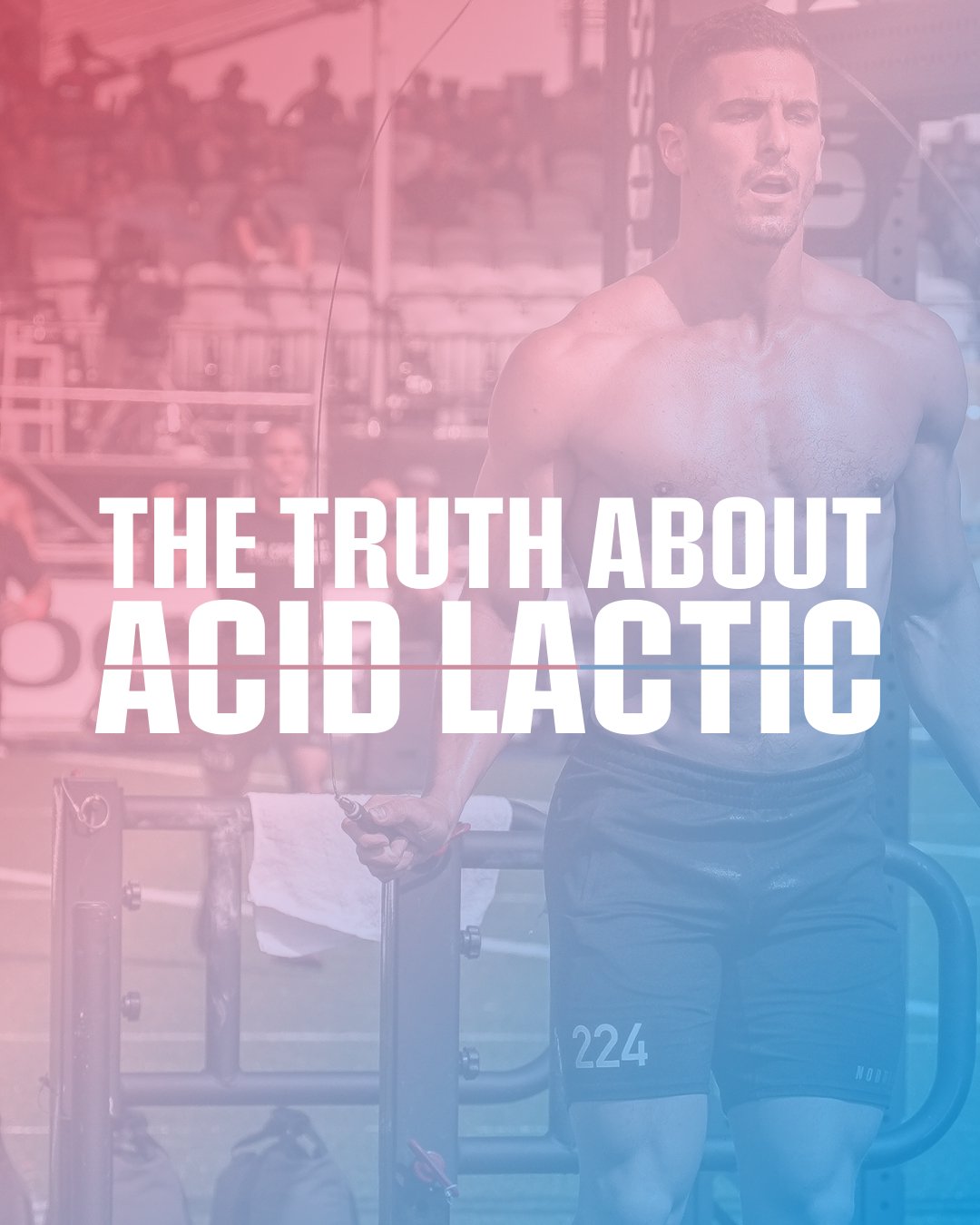
The truth about Lactic Acid
💥 Wondering how lactic acid production in your body affects your athletic performance?
Here is all you need to know to improve your performance.
Lactic acid is a trending topic when you start gathering information about performance and recovery. It’s commonly considered an enemy for athletes because people believe lactate production slows down the body due to fatigue.
But recent studies reveal results that contradict the widespread beliefs about lactic acid. If you’re new to muscle building, you need to understand what lactic acid is and how it affects your body to get the most out of your athletic training.
We’ve made it simple for you—everything you should know is in this post. So, keep reading! 👇
⚙️ How Is Lactic Acid Produced In the Body?
There are two ways your body gets oxygen:
-
Aerobic system.
-
Anaerobic system.
Under normal conditions, your body uses the aerobic system. But during stress or intense workouts, the anaerobic system kicks in—working without oxygen to produce energy. That’s when your body starts producing lactic acid (lactate) to break down glucose and fuel your muscles.
💡 Benefits of Lactic Acid
If you’ve always thought lactic acid was “bad,” get ready to be surprised—your body actually benefits from it in multiple ways:
-
✅ Regulates muscle pH by reducing acidity, which is crucial for normal contraction.
-
✅ Acts as a direct energy source for your brain, muscles, and heart.
-
✅ It’s a reusable and continuous energy source.
-
✅ Functions as a signalling molecule, promoting adaptation and resilience.
🤔 Why Does Lactic Acid Have A Bad Reputation?
The bad rap comes from the misconception that lactic acid causes muscle pain, fatigue, and DOMS (delayed-onset muscle soreness). For years, it was labeled a “harmful waste product”, thought to slow you down during exercise.
🧪 Is Lactic Acid Really Bad for Athletes?
Nope! 🛑 Studies show that muscle fatigue and soreness are due to blood acidity, not lactic acid. The real culprits are hydrogen ions, not lactate. DOMS is caused by physical trauma and micro-tears, not lactate accumulation.
Instead of being harmful, lactic acid acts like a warning system, helping your body avoid injury by signaling its limits. It’s not a curse—it’s a built-in safety mechanism. 🙌
🏋️♂️ Which Exercises Produce More Lactic Acid?
Exercises involving upper limbs produce more lactic acid than leg workouts due to the higher amount of fast-twitch fibers. But that doesn’t mean you should skip leg day!
✅ Focus on compound exercises using large muscle groups.
🕒 Always monitor your work-to-rest ratio to optimize lactate production and recovery.
🔚 Bottom Line
Lactic acid production is a natural and essential part of energy creation during anaerobic activity. The myth that lactic acid reduces performance is outdated. Instead, it helps protect your muscles and guides your training intensity.
Want to get the most out of your lactic acid system? Supplements like Beta Alanine and Vinitrox can help.
👉 Check them out here: How to reduce and use lactic acid.


